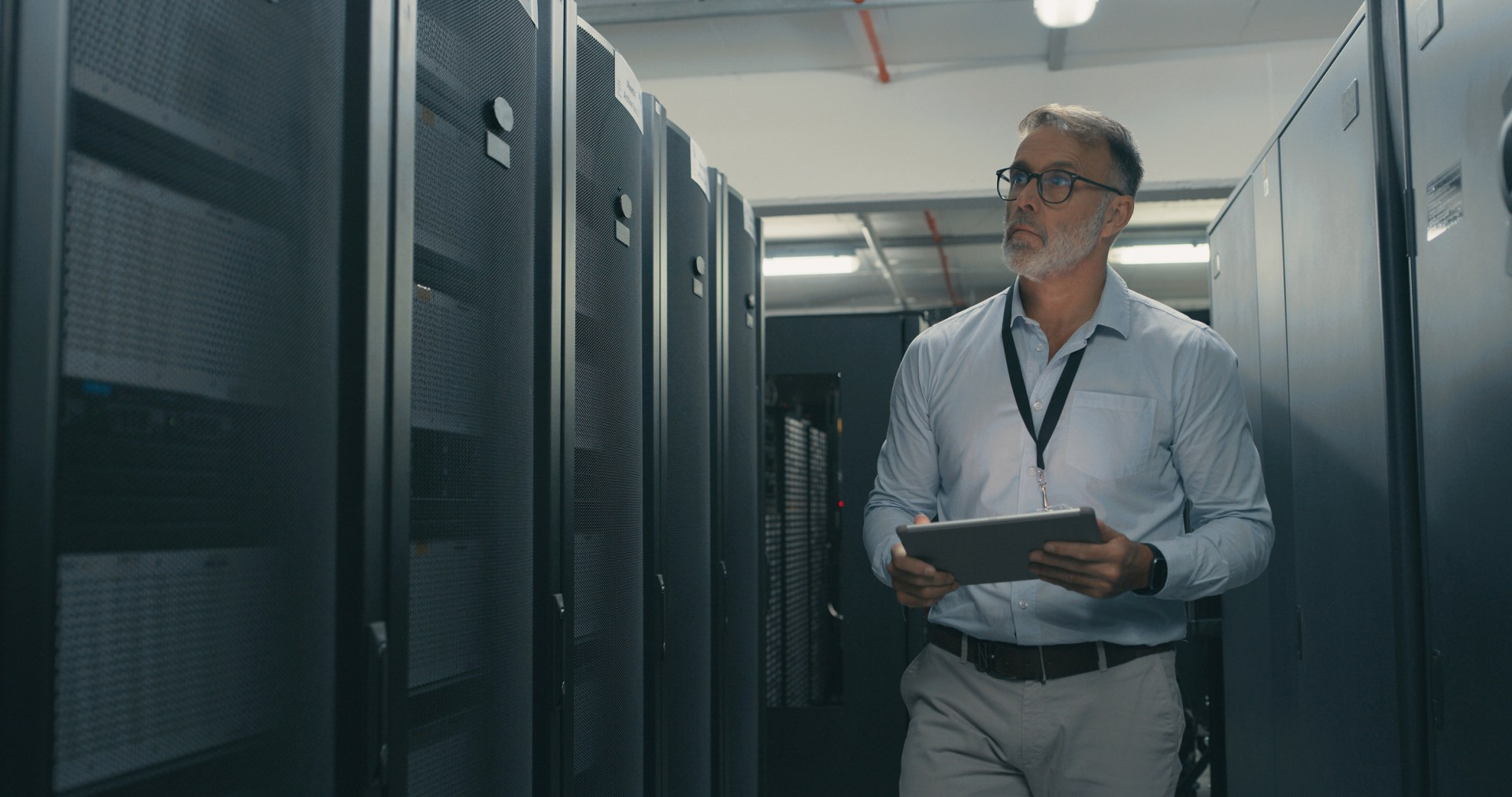
Fiber cross connect refers to a network junction where optical fibers from different sources are interconnected to form a single, larger network. This article will explain the benefits and challenges of fiber cross connect. It will also provide a simple guide to the types, uses, key components, installation, and configuration requirements of fiber cross connect.
Using fiber cross connect provides scalability, reliability, flexibility, high-speed data transfer, and cost-efficiency in a telecommunications network. It allows for interconnecting fiber optic networks, enhancing network reliability and reducing downtime risk.
Fiber cross connect is highly flexible and compatible with different fiber optic cable types. It can therefore be easily reconfigured as the network grows. Fiber cross connect enables fast and reliable data transfer. Using it can also lead to cost efficiencies in the long term through reduced maintenance and the longer lifespan of a fiber optic network.
Implementing fiber cross connect in a telecommunications network raises two potentially significant challenges.
Firstly, purchasing fiber cross connect equipment often requires a substantial upfront investment. Some vendors may allow their customers to pay in installments. There may, however, be an additional cost for this.
It is also worth noting that interoperability issues can arise when connecting different networks with different technologies or standards. Resolving these may require businesses to purchase additional hardware and/or software.
Secondly, businesses must have access to the necessary technical expertise to install, configure, and maintain it. Fiber cross connect does tend to have a higher maintenance load than other comparable technologies.
Fiber cross connect is a critical component in fiber optic networks. Its uses include:
Mechanical Cross Connect (MCC): Basic type of fiber cross connect using mechanical splicing for the physical connection of fibers, mainly used in small networks with limited fibers.
Panel Cross Connect (PCC): Sophisticated type using panels or modules connected to fibers through fiber adapters and a main distribution frame, mainly used in larger networks with more fibers.
Fiber Optic Patch Panel (FOPP): Uses patch cords to connect fibers to the patch panel via fiber adapters, mainly used in high-density networking environments such as data centers.
Optical Cross Connect (OXC): Uses optical switching technology to interconnect fibers without physical splicing, mainly used in large networks with a high number of fibers.
The key components of a fiber cross connect include: fiber adapters, cross connect panels or modules, fiber optic cable, fiber patch cords, and optical switching equipment.
The installation and configuration of a fiber cross connect is a multi-step process that requires careful planning and execution. The following steps are typically involved:
The first step in installing a fiber cross connect is to determine the location of the site. You then need to check that it meets the necessary requirements for installation. The key considerations are adequate space and electrical power. You will also need a way to control environmental conditions, in particular temperature and humidity.
The next step is to select the appropriate cross connect, panels/modules, fiber adapters, cable, and other components. This involves considering factors such as network size, capacity requirements, and future scalability.
The physical installation of the fiber cross connect involves mounting the cross connect panels or modules, connecting the fiber optic cable, and installing the fiber adapters and other components. This is a critical step that requires careful attention to detail and proper handling of the fiber optic cable to ensure that the network functions properly.
Once the physical installation is complete, the next step is to configure the network. This involves assigning IP addresses, setting up routing tables, and configuring the optical switching equipment. This step is crucial in ensuring that the network operates as expected and provides the desired level of performance.
The final step in the installation and configuration process is testing. This involves running various tests to ensure that the network is functioning properly and that all components are working as expected. The tests may include fiber optic cable tests, optical power level tests, and network performance tests.


Discover the DataBank Difference today:
Hybrid infrastructure solutions with boundless edge reach and a human touch.